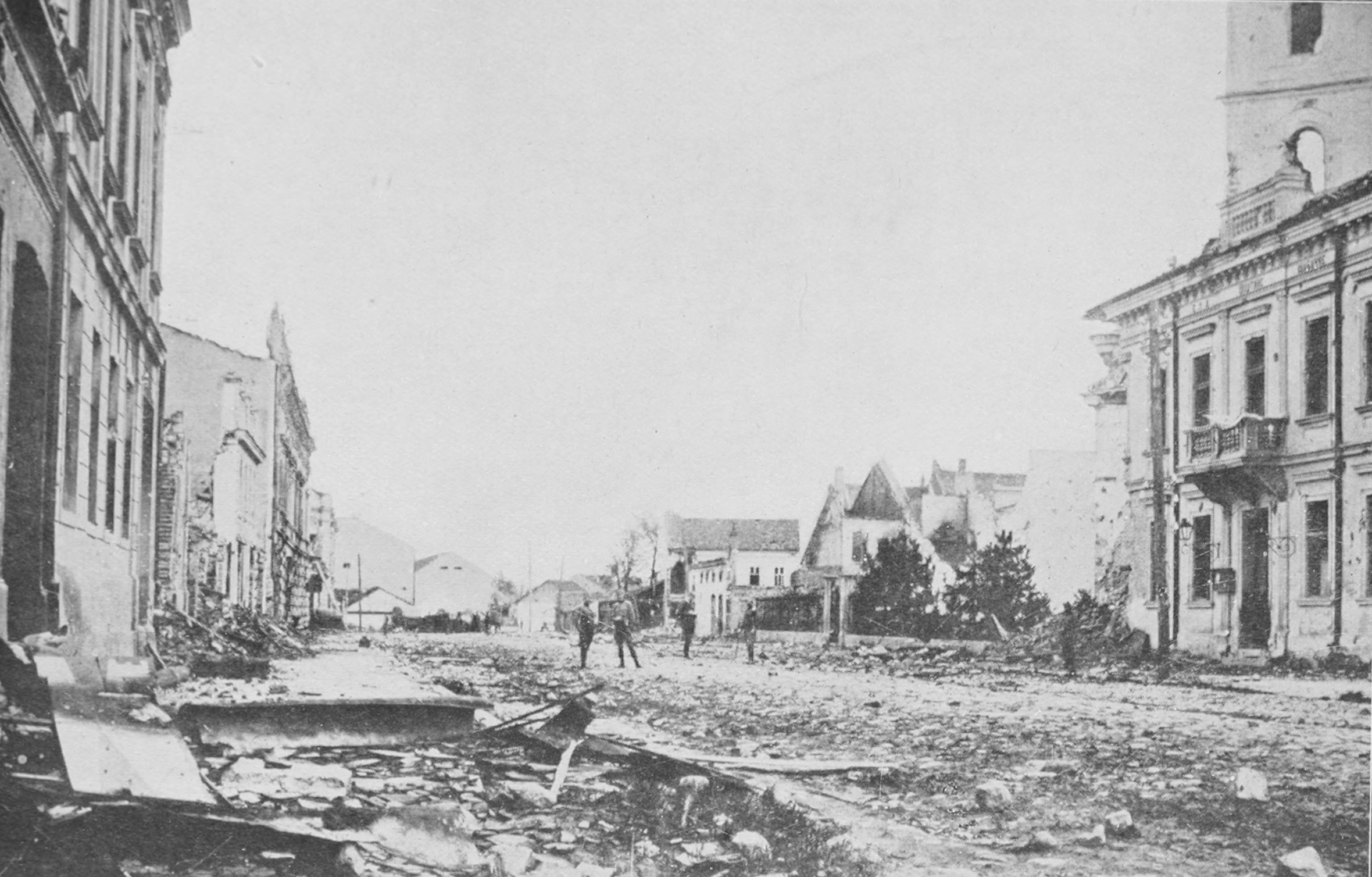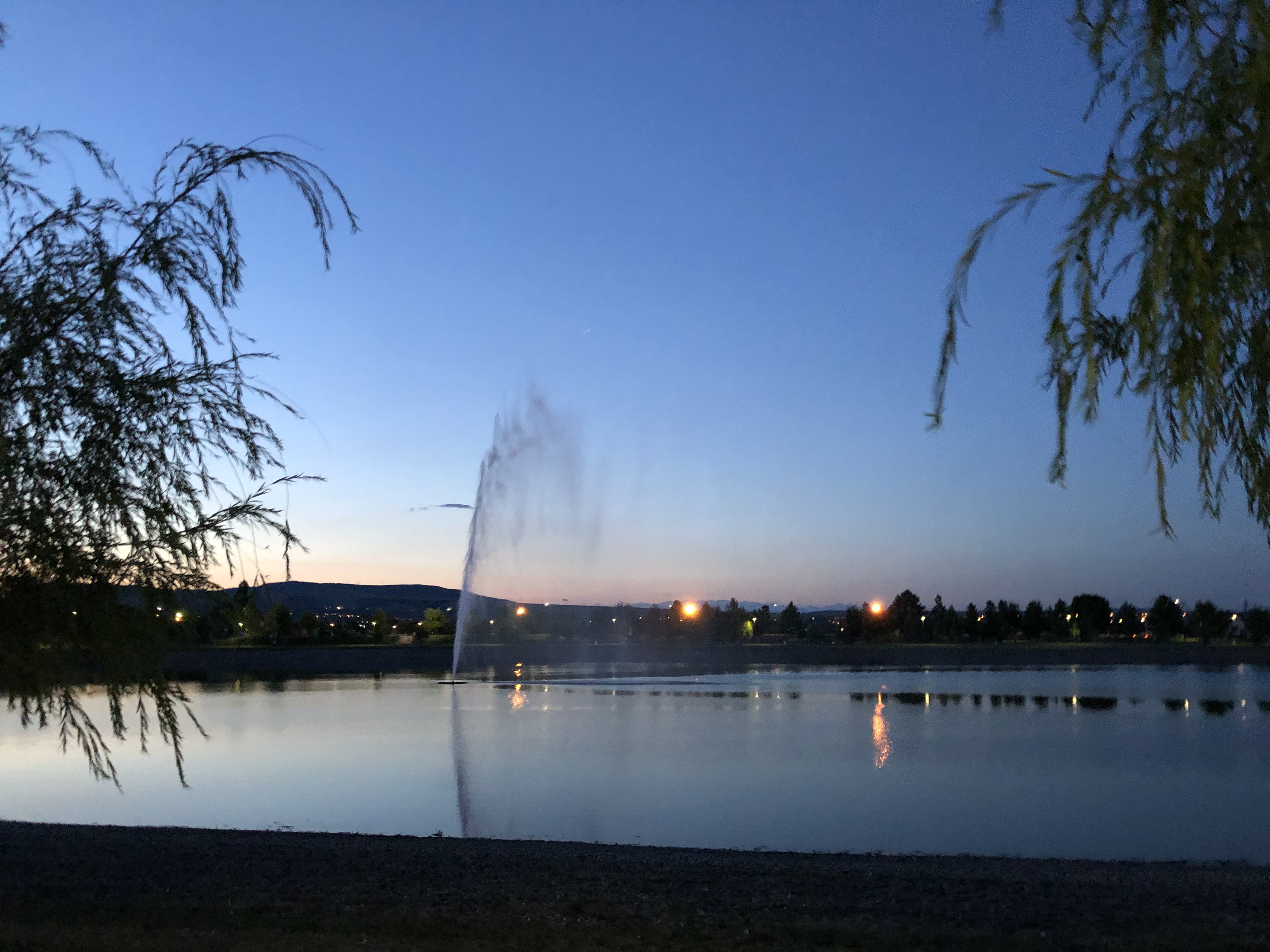|
Jevta Savić Čotrić
Jevta Savić Čotrić ( sr-cyrl, Јевта Савић Чотрић; – 1821) was a Serbian politician and diplomat during the First Serbian Uprising and Second Serbian Uprising who served as a representative of the Zvornik nahiyah in the Cabinet of Matija Nenadović in 1805. He was the older cousin of Vuk Karadžić and with him, Vuk Karadžić "began to study books". Biography Jevta Savić Čotrić was an educated and respected man even before the uprising. With Anta Bogićević, and with Karađorđe's approval, he concluded a well-known contract with Mehmed-pasha Vidajić. In 1807 he was elected a member of the Governing Council in Belgrade. Ivan Jugović opened the nucleus of what eventually became the Grandes écoles (''Velika škola'') in the fledgling premises of his big house. In 1812, he was appointed elder of Kladovo and Brza Palanka. He unsuccessfully negotiated peace with the Turks in 1813. In 1814, he "appeared before the Austrian emperor in Vienna with Archbishop ... [...More Info...] [...Related Items...] OR: [Wikipedia] [Google] [Baidu] |
First Serbian Uprising
The First Serbian Uprising (; sr-Cyrl, Први српски устанак; ) was an uprising of Serbs in Orašac (Aranđelovac), Orašac against the Ottoman Empire from 14 February 1804 to 7 October 1813. The uprising began as a local revolt against the Dahije, renegade janissary officers who had seized power in a coup d'état against the Ottoman sultan. It later evolved into a Wars of national liberation, war for independence, known as the Serbian Revolution, after more than three centuries of Ottoman Empire rule and brief Austrian occupations. In 1801, the Janissary commanders assassinated the Ottoman Empire, Ottoman Pasha and took control of the Pashalik of Belgrade, ruling it independently of the Ottoman Sultan. This led to a period of tyranny, during which the Janissaries suspended the rights previously granted to the Serbs by the Sultan. They also raised taxes, imposed forced labor, forced labour, and made other changes that negatively affected the Serbs. In 1804, the Ja ... [...More Info...] [...Related Items...] OR: [Wikipedia] [Google] [Baidu] |
Brza Palanka
Brza Palanka (Serbian Cyrillic: Брза Паланка ) is a town in eastern Serbia, on the right bank of the Danube. It is situated in the Kladovo municipality, in the Bor District. The population of the town is 860 people (2011 census). The town has its origin in the Roman town of ''Aegeta'' (Egeta). Archaeology A ''sacracium'' of Jupiter Dolichenus was found here. One notable finding from this site is a fragmented marble statue depicting Jupiter Dolichenus along with Juno Dolichena, with Jupiter standing on a bull and Juno on a hind, alongside the figure of Victoria. The composition, dating from the early 2nd to early 3rd century AD, showcases Jupiter in Roman military attire and Juno with a patera and sceptre A sceptre (or scepter in American English) is a Staff of office, staff or wand held in the hand by a ruling monarch as an item of regalia, royal or imperial insignia, signifying Sovereignty, sovereign authority. Antiquity Ancient Egypt and M ..., differing ... [...More Info...] [...Related Items...] OR: [Wikipedia] [Google] [Baidu] |
1760s Births
Year 176 ( CLXXVI) was a leap year starting on Sunday of the Julian calendar. At the time, it was known as the Year of the Consulship of Proculus and Aper (or, less frequently, year 929 ''Ab urbe condita''). The denomination 176 for this year has been used since the early medieval period, when the Anno Domini calendar era became the prevalent method in Europe for naming years. Events By place Roman Empire * November 27 – Emperor Marcus Aurelius grants his son Commodus the rank of ''Imperator'', and makes him Supreme Commander of the Roman legions. * December 23 – Marcus Aurelius and Commodus enter Rome after a campaign north of the Alps, and receive a triumph for their victories over the Germanic tribes. * The Equestrian Statue of Marcus Aurelius is made. It is now kept at Museo Capitolini in Rome (approximate date). Births * Fa Zheng, Chinese nobleman and adviser (d. 220) * Liu Bian, Chinese emperor of the Han dynasty (d. 190) * Ma Chao, Chinese general ... [...More Info...] [...Related Items...] OR: [Wikipedia] [Google] [Baidu] |
Matija Nenadović
Matija Nenadović ( sr-cyrl, Матија Ненадовић, or Mateja Nenadović sr-cyr, Матеја Ненадовић; 26 February 1777 – 11 December 1854), also known as Prota Mateja, was a Serbian archpriest, writer, and politician who served as the first prime minister of Serbia from 1805 to 1807. He was a notable leader in the First Serbian Uprising. Life At the age of sixteen he was ordained priest, and a few years later was promoted to an archpriest (), colloquially ''prota'' () of Valjevo. His father, Aleksa Nenadović, Knez (chief magistrate) of the district of Valjevo, was one of the most popular and respected public men among the Serbs at the beginning of the 19th century. When the four leaders of the Janissaries of the Sanjak of Smederevo (the so-called Dahias) thought that the only way to prevent a general rising of the Serbs was to intimidate them by murdering all their principal men, Aleksa Nenadović (1749–1804) was one of the first victims. The poli ... [...More Info...] [...Related Items...] OR: [Wikipedia] [Google] [Baidu] |
Lazar Arsenijević Batalaka
Lazar Arsenijević Batalaka (1793 – 15 January 1869) was a Serbian participant in the First Serbian Uprising who later became a state adviser (from 1842), a diplomatic representative of Serbia to Constantinople (from 1846 to 1847), as well as the Minister of Justice, Minister of Education, and a historian. Biography He received his education during the First Serbian Uprising at the newly established grandes écoles founded by Ivan Jugović ( Jovan Savić). One of his professors was Lazar Vojnović (1783–1812), who later delivered a posthumous speech in his honor.Бора Чекеринац: Лазар Војновић, Скица за портрет професора Велике школе, "--", ISSN 1450-8540, 5/2004, Шабац, 2004. године, pp. 95–102. After the fall of the Serbian uprising in 1813, Batalaka fled to Austria, where he briefly stayed in Novi Sad before moving to Imperial Russia. There, he spent over a decade in Hotin and Chișinău. While in exil ... [...More Info...] [...Related Items...] OR: [Wikipedia] [Google] [Baidu] |
Milan Đ
Milan ( , , ; ) is a city in northern Italy, regional capital of Lombardy, the largest city in Italy by urban area and the second-most-populous city proper in Italy after Rome. The city proper has a population of nearly 1.4 million, while its metropolitan city has 3.2 million residents. Within Europe, Milan is the fourth-most-populous urban area of the EU with 6.17 million inhabitants. According to national sources, the population within the wider Milan metropolitan area (also known as Greater Milan) is estimated between 7.5 million and 8.2 million, making it by far the largest metropolitan area in Italy and one of the largest in the EU.* * * * Milan is the economic capital of Italy, one of the economic capitals of Europe and a global centre for business, fashion and finance. Milan is recognized as a leading alpha global city, with strengths in the fields of art, chemicals, commerce, design, education, entertainment, finance, healthcare, media (communi ... [...More Info...] [...Related Items...] OR: [Wikipedia] [Google] [Baidu] |
Šabac
Šabac ( sr-Cyrl, Шабац, ) is a List of cities in Serbia, city and the administrative centre of the Mačva District in western Serbia. The traditional centre of the fertile Mačva region, Šabac is located on the right banks of the river Sava. , the city proper has population of 51,163, while its administrative area comprises 105,432 inhabitants. Name The name ''Šabac'' was first mentioned in Republic of Dubrovnik, Ragusan documents dating to 1454. The origin of the city's name is uncertain; it is possible its name comes from the name of the city's main river, the Sava. The city is known by a variety of different names: ''Zaslon'' in medieval Serbian, ''Szabács'' in Hungarian language, Hungarian, ''Böğürdelen'' in Turkish language, Turkish, and ''Schabatz'' in German language, German. History Archaeological evidence attests to more permanent settlement in the area from the Neolithic. In the Middle Ages, a Slavs, Slavic settlement named ''Zaslon'' existed at the cur ... [...More Info...] [...Related Items...] OR: [Wikipedia] [Google] [Baidu] |
Mateja Nenadović
Mateja () is a given name, variant of the Greek given name ''Mathias'' ( Matthew). In Serbian, it's a masculine name, while in Croatian and Slovene, it's a feminine name. Notable people with the name include: Given name * Mateja Andrlić (born 1993), Croatian football forward * Mateja Kežman (born 1979), Serbian footballer * Mateja Maslarević (born 2000), Serbian footballer * Mateja Matejić (1924–2018), Serbian Orthodox priest *Mateja Matevski (1929–2018), Macedonian poet, literary and theater critic, essayist, and translator * Mateja Nenadović (1777–1854), Serbian priest and politician *Mateja Petronijević (born 1986), Croatian sailor *Mateja Pintar (born 1985), Slovenian table tennis player * Mateja Robnik (born 1987), Slovenian alpine skier * Mateja Šimic (born 1980), Slovenian triathlete * Mateja Svet (born 1968), Slovenian alpine skier *Mateja Zver (born 1988), Slovenian footballer Surname *Andrzej Mateja (1935–2019), Polish cross-country skier *Robert Mateja (bo ... [...More Info...] [...Related Items...] OR: [Wikipedia] [Google] [Baidu] |
Kladovo
Kladovo ( sr-Cyrl, Кладово, ; or ) is a town and municipality located in the Bor District of Southern and Eastern Serbia, eastern Serbia. It is situated on the right bank of the Danube river. Name In Serbian language, Serbian, the town is known as ''Kladovo'' (Кладово), in Romanian language, Romanian ''Cladova'', in German language, German as ''Kladowo'' or ''Kladovo'' and in Latin language, Latin and Romanised Greek language, Greek as ''Zanes''. In the time of the Roman Empire, the name of the town was ''Zanes'' while the Roman forts were known as ''Diana Fort, Diana'' and ''Pontes'' (from Greek "sea" -''pontos'', or Roman "bridge" - ''pontem''). Later, Slavs founded a settlement that was named ''Novi Grad'' (Нови Град), while Ottoman Empire, Ottomans built a fortress here and called it ''Fethülislam''. The present-day name of Kladovo is first recorded in 1596 in an Austrian military document. There are several theories about the origin of the current n ... [...More Info...] [...Related Items...] OR: [Wikipedia] [Google] [Baidu] |
Second Serbian Uprising
The Second Serbian Uprising ( / ''Drugi srpski ustanak'', ) was the second phase of the Serbian Revolution against the Ottoman Empire, which erupted shortly after the re-annexation of the country to the Ottoman Empire in 1813. The occupation was enforced following the defeat of the First Serbian Uprising (1804–1813), during which Serbia existed as a '' de facto'' independent state for over a decade. The second revolution ultimately resulted in Serbian semi-independence from the Ottoman Empire. The Principality of Serbia was established, governed by its own parliament, constitution and royal dynasty. ''De jure'' independence, however, was attained in 1878, following the decisions of the Congress of Berlin. Background The First Serbian Uprising liberated the country for a significant time (1804–1813) from the Ottoman Empire; for the first time in three centuries, Serbs governed themselves without the supremacy of the Ottoman Empire or Habsburg Austria. After the failure of th ... [...More Info...] [...Related Items...] OR: [Wikipedia] [Google] [Baidu] |
Grandes écoles
Grandes may refer to: *Agustín Muñoz Grandes, Spanish general and politician * Banksia ser. Grandes, a series of plant species native to Australia * Grandes y San Martín, a municipality located in the province of Ávila, Castile and León, Spain *Grandes (islands) Grandes () is a group of three small islands off the east coast of Crete. Administratively it comes within the Itanos municipality in Lasithi. Grandes can be seen from the Minoan site of Roussolakkos near Palekastro as can the island of E ..., a group of three small islands in the Aegean Sea off the east coast of Crete * ''Grandes'' (album), by Maná {{disambig, geo, surname ... [...More Info...] [...Related Items...] OR: [Wikipedia] [Google] [Baidu] |


